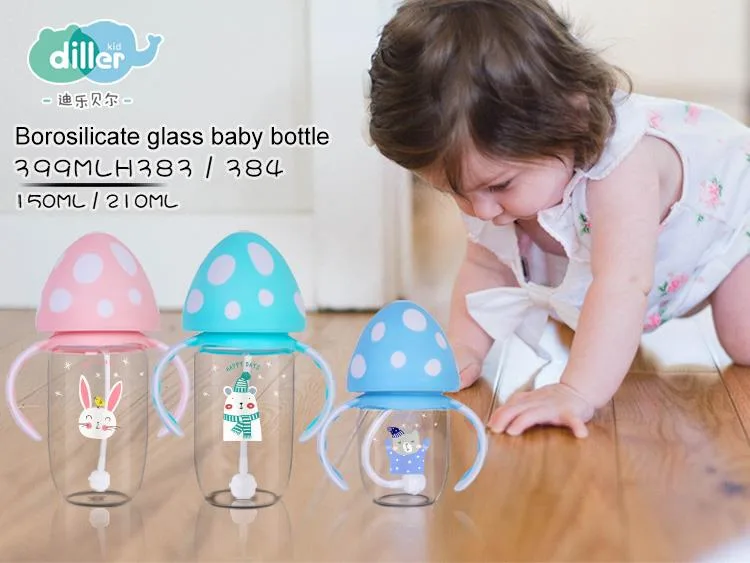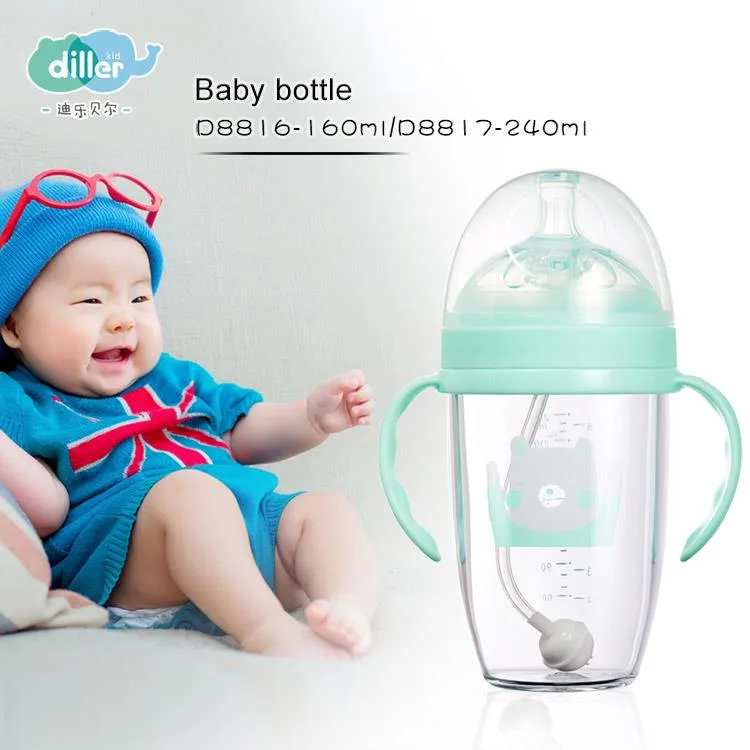Glass baby bottles. This material is relatively safe, does not contain bisphenol A, high temperature resistance, pure and transparent, odorless, not easy to scratch, easy to clean. But it's bulky and inconvenient to carry. It's easy to break when the baby drinks milk by himself.
PP baby bottle. It is made of PP (polypropylene) without BPA. It has high chemical stability, light weight and is not afraid of falling. It is easy to carry out, but it has the shortest life and is easy to oxidize. In order to improve the performance of PP baby bottles, additives such as nucleating agents will be added, and will become soft when exposed to high temperature, such as in boiling water conditions, easy to produce odor.
PPSU baby bottle. BPA-free, light and fall-resistant, yellowish color, not easy to produce chemical toxins, and it can be heated by microwave.
Tritan baby bottle. Tritan is a new generation of copolyester material. It has passed the FDA certification of the Food and Drug Administration of the United States. It is the designated material for infant products in Europe and the United States. BPA-free, safe and non-toxic, it combines the purity and permeability of glass water bottles, and the lightness and fall resistance of PPPU bottles, and has no peculiar smell and washability.
In conclusion, glass, PPSU and Tritan are all relatively safe materials. PPSU baby bottles are generally more expensive, and Tritan baby bottles are more cost-effective.



